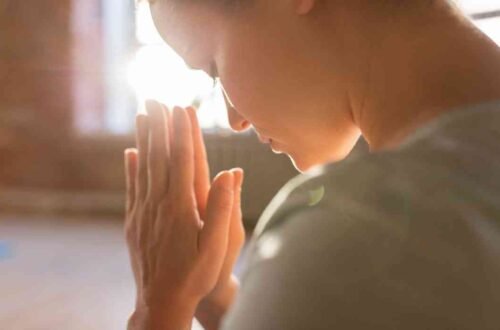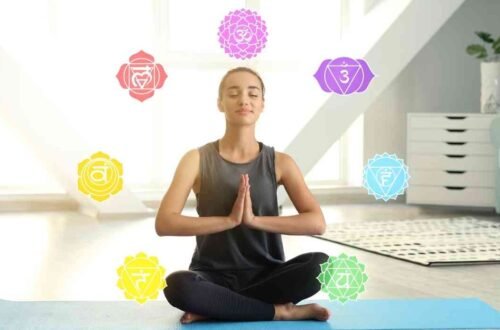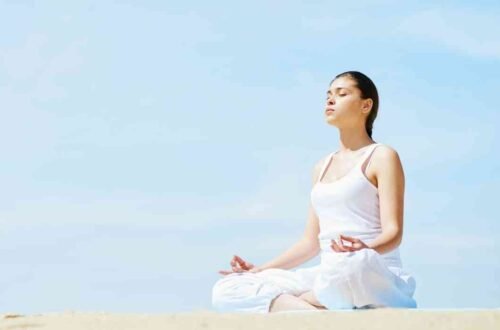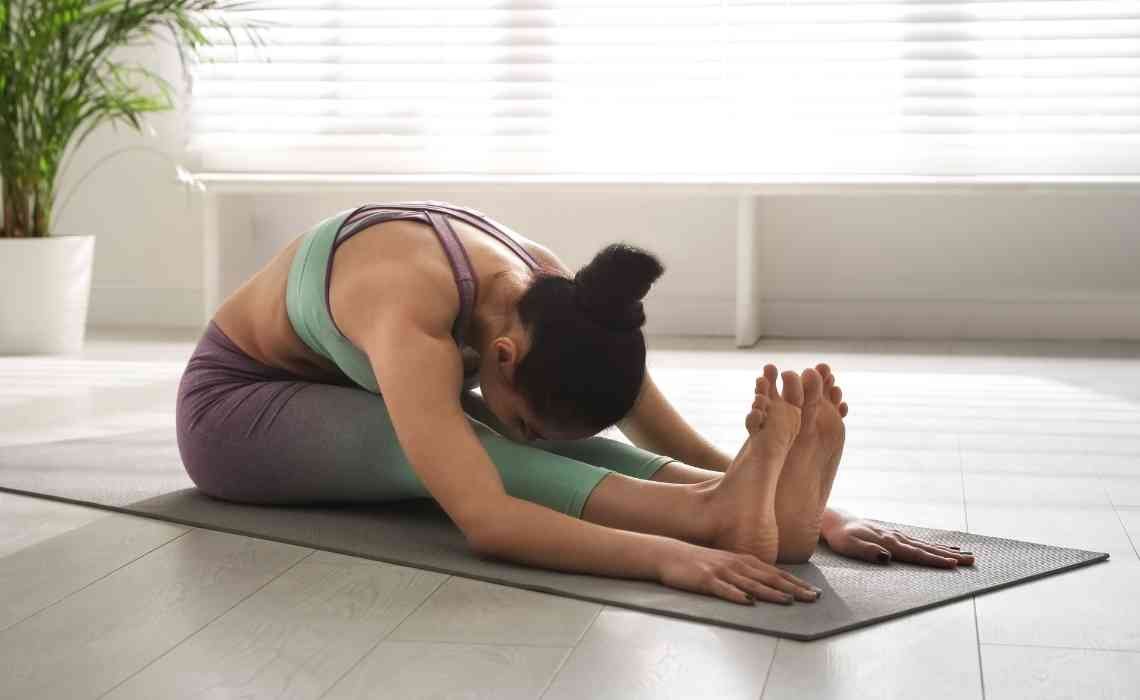
What are the Four Original Yoga Poses in History? Easy Guide for Beginners
Yoga has been around for thousands of years, helping people become strong, flexible, and peaceful. Today, when we think of yoga, we picture many different poses. But a long time ago, there were only a few poses that were considered important. In this blog post, we will talk about what the four original yoga poses in history are, and why they were so special.
Understanding Yoga in Simple Words
Before we jump into the poses, let’s first understand what yoga really means. Yoga is a way to connect your body, mind, and breath. It is like a dance where your breath leads the way and your body follows. It is not just about stretching your legs or touching your toes. It is about feeling calm, happy, and healthy from inside and outside.
The word “yoga” comes from an old Indian language called Sanskrit. It means “to join” or “to unite.” Yoga teaches that your body and mind can work together like best friends. Ancient people practiced yoga to prepare their minds for meditation, not just to exercise their bodies.
Now that we understand a little more about yoga, let’s look at the four original yoga poses in history.
1. Padmasana (Lotus Pose)
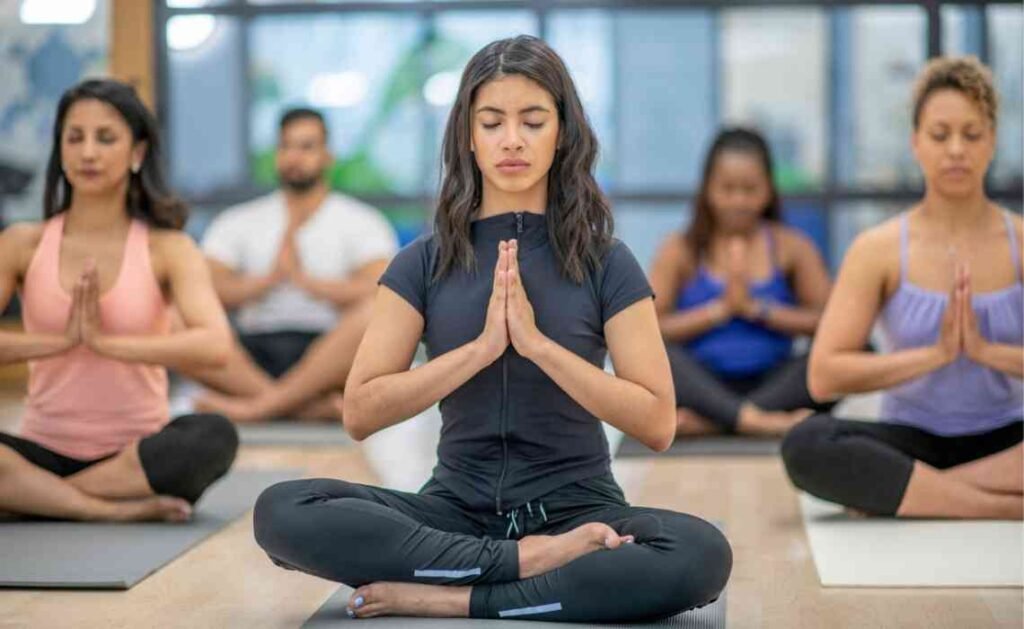
Padmasana, or Lotus Pose, is one of the oldest and most famous yoga poses. In this pose, you sit cross-legged with each foot placed on the opposite thigh. It looks like a beautiful lotus flower, which is a symbol of peace and purity in many cultures.
This pose is important because it helps people sit still for a long time without feeling uncomfortable. Ancient yogis, or yoga masters, used Padmasana when they meditated for hours. Sitting like this kept their spine straight and their mind focused.
If you ever try Padmasana, remember it is not a race. It takes time for your legs and hips to open up. You can practice sitting cross-legged first and then slowly move into the full pose as your body becomes more flexible.
2. Siddhasana (Accomplished Pose)
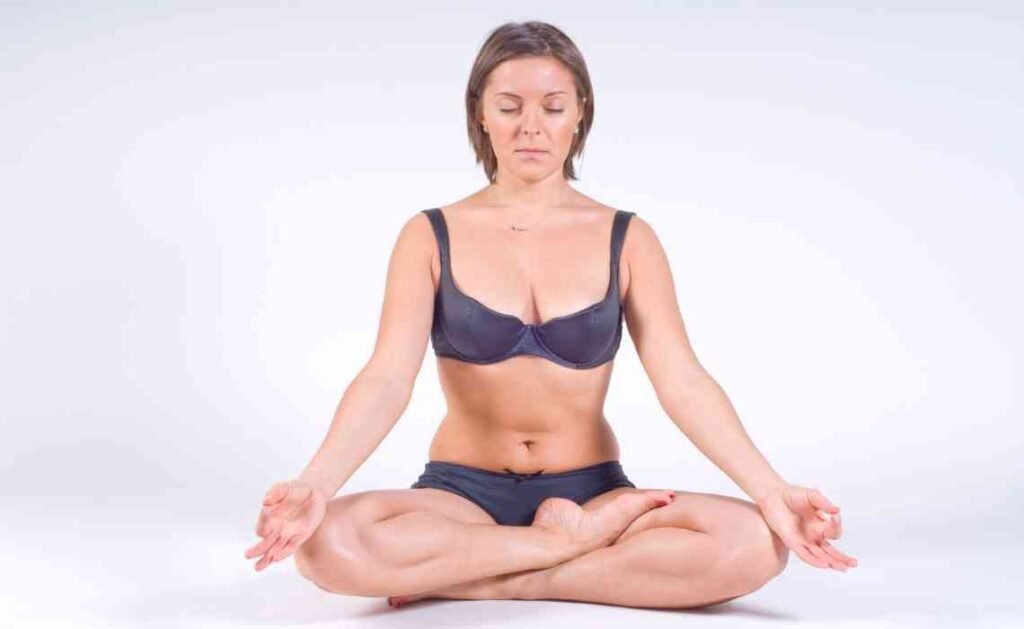
Siddhasana means “the accomplished pose.” It is another sitting position, but different from Padmasana. In Siddhasana, one heel presses against the body part near the bottom, and the other foot rests on top of the opposite ankle. Your hands usually rest on your knees, and you keep your spine tall and proud.
Yogis believed that Siddhasana helped them control their energy and thoughts. When they sat in this pose, they could feel their breath better and focus on their meditation. It was a tool to help them reach higher levels of peace and wisdom.
Siddhasana is easier than Padmasana for many people. It is perfect for beginners who want to meditate or sit quietly. It also helps to keep your back strong and your mind sharp.
3. Simhasana (Lion Pose)

Simhasana, or Lion Pose, might sound a little funny, but it is very powerful. In this pose, you sit on your heels, lean forward a little, open your mouth wide, stretch your tongue out, and make a roaring sound like a lion.
This pose is not just for fun. Ancient yogis used it to strengthen their throat, chest, and face muscles. It also helped them get rid of fear and become brave like a lion. Simhasana made their voices stronger and helped their breathing become better.
When you practice Simhasana, you let out all the bad feelings and bring in courage and strength. It teaches you that sometimes, you have to roar to find your true voice and confidence.
4. Bhadrasana (Gracious Pose)
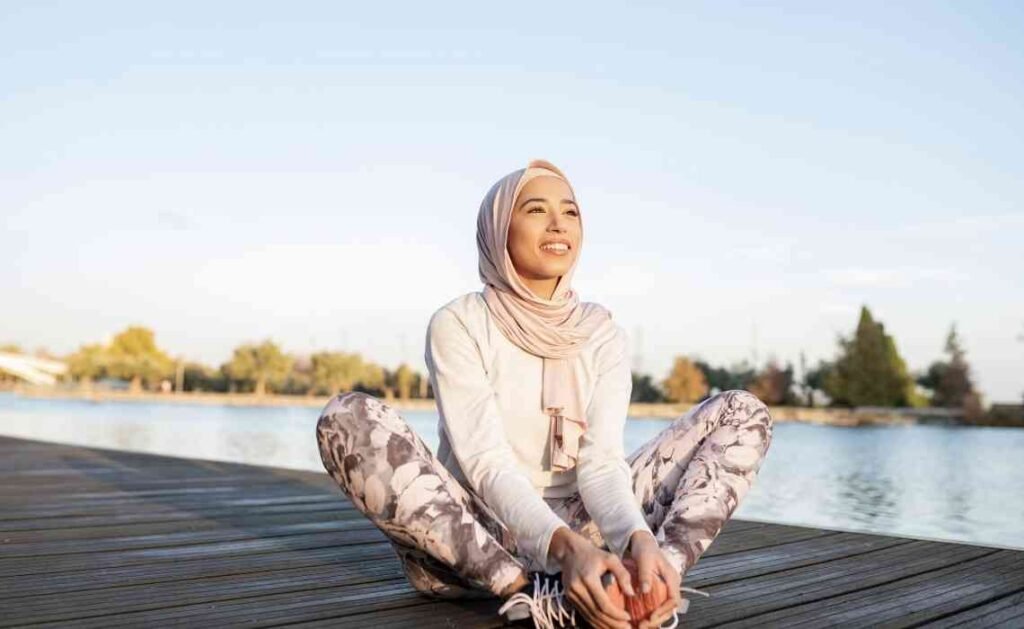
Bhadrasana, also called the Gracious Pose, is another sitting posture. In this pose, you sit with your knees bent and the soles of your feet touching each other. Your hands rest on your feet, and your back stays straight.
This pose is very calming. It opens up the hips and strengthens the back. Ancient yogis loved Bhadrasana because it helped their bodies stay firm while their minds floated into deep meditation.
Bhadrasana is often used today in yoga classes because it is gentle and safe. It also improves blood flow to the lower part of the body and makes sitting for a long time much easier.
Why Were These Poses Chosen?
You might wonder, why only these four poses? Back then, yoga was mainly about preparing the body for meditation. People wanted to sit without moving and without feeling pain. These poses helped them do just that.
The poses made the spine strong, kept the body still, and helped the mind relax. They also made breathing easier, which is very important in yoga. Without good breathing, it is hard to meditate well.
Yoga was not about doing handstands or fancy moves like we sometimes see today. It was about becoming still, peaceful, and connected to something bigger than ourselves.
How Yoga Changed Over Time
As time passed, yoga grew and changed. New poses were added to help the body become more flexible and strong. People realized that moving the body in different ways could also be very healthy.
Today, there are hundreds of yoga poses. Some are standing, some are lying down, and some even involve balancing on your head! But even with all these changes, the original four poses still remain very important.
Many yoga teachers still start their classes with these traditional poses. They remind us that yoga is not just about moving. It is about finding peace inside your heart.
How to Start Practicing These Poses
If you want to try the four original yoga poses, here are some easy tips:
- Start Slow: Do not force your body. Stretch gently and listen to how you feel.
- Use a Soft Mat: Sitting on a mat or a soft surface can make it more comfortable.
- Practice Breathing: Take slow, deep breaths while you sit. This will help you relax.
- Stay Patient: It might take weeks or months to feel comfortable. That is okay! Yoga is a journey, not a race.
You can also ask a yoga teacher to show you the right way to sit and breathe. Having someone guide you can make it even more fun and safe.
Benefits of Practicing the Original Yoga Poses
There are many amazing benefits when you practice these original poses:
- Better Focus: Sitting still helps your brain focus better.
- Stronger Body: These poses make your back, legs, and hips stronger.
- Peaceful Mind: Breathing deeply calms your mind and makes you feel happy.
- Good Posture: Your spine stays straight and healthy.
- Confidence: Like the Lion Pose teaches, you become braver and stronger from inside.
These benefits can help you not just during yoga, but also in school, sports, and even at home when you need to stay calm.
Fun Facts About Ancient Yoga
- In ancient times, yoga was taught from teacher to student, face-to-face. There were no printed books or online videos.
- Yoga was kept a secret and only serious students could learn it.
- The earliest mention of yoga is found in very old books called the Vedas, written over 5,000 years ago.
- Many famous yogis spent their lives living in forests and mountains to practice yoga and meditation in peace.
Honoring the Simplicity of Yoga
The four original yoga poses in history, Padmasana, Siddhasana, Simhasana, and Bhadrasana, remind us that yoga started as a simple, peaceful practice. It was about sitting still, breathing deeply, and connecting with the world around us.
Today, even though yoga looks different and fancier, the heart of yoga remains the same. It is about feeling good, staying strong, and finding a quiet, happy place inside yourself.
So next time you roll out a yoga mat, try one of these ancient poses. Close your eyes, take a deep breath, and feel the magic that yogis have felt for thousands of years.



